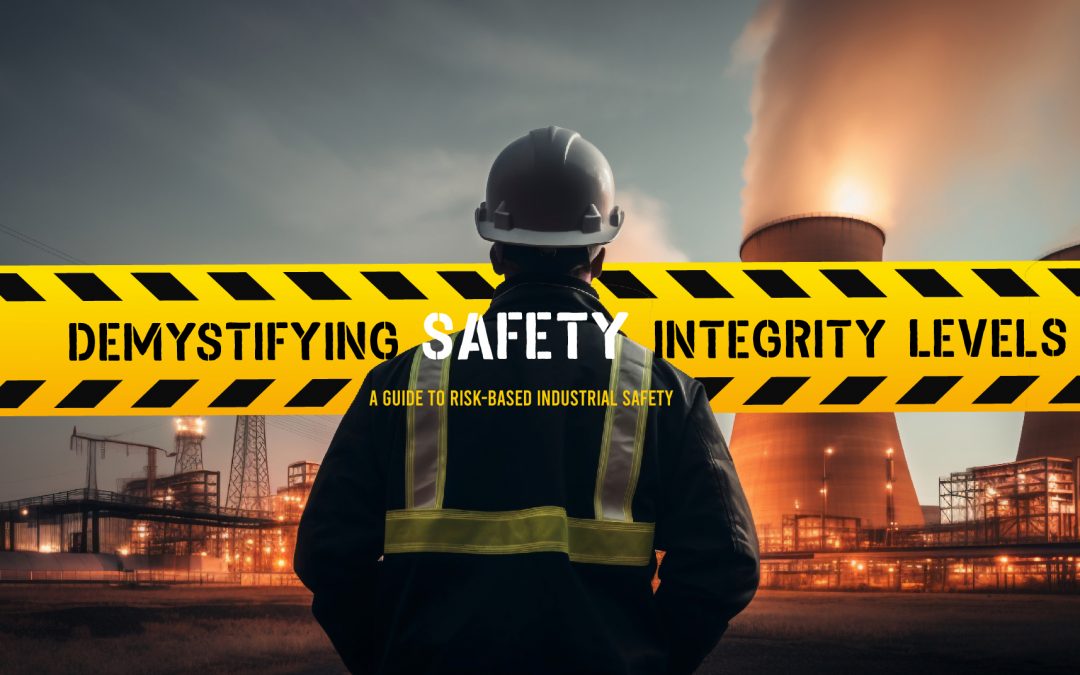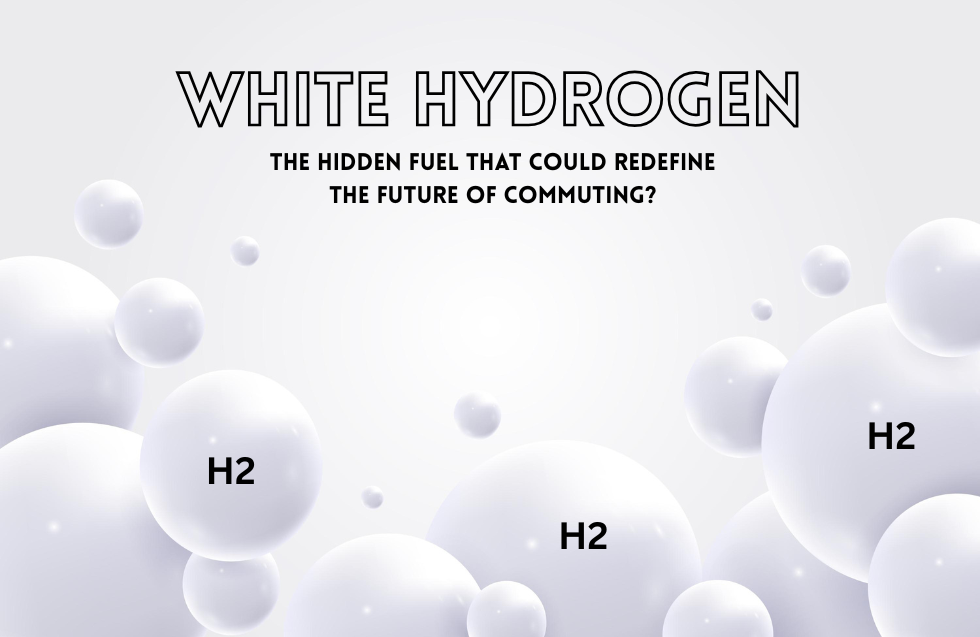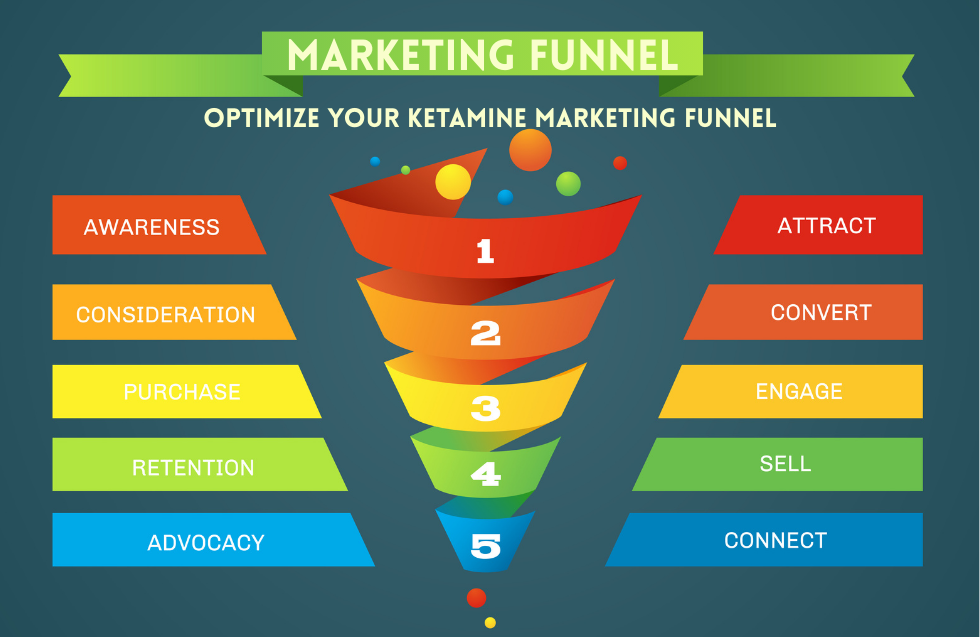Modern industrial facilities handle extremely hazardous processes and substances daily. From oil refineries and chemical plants to sawmills and manufacturing operations, the inherent risks involved make safety an utmost priority. Strict protocols and multiple layers of protection are necessitated to prevent catastrophic incidents and safeguard employees and nearby populations. Safety instrumented systems – combinations of sensors, logic solvers, final control elements, and alarm systems – play a crucial role in industrial risk reduction.
Safety integrity levels (SILs) provide a standardized methodology for defining the performance requirements for these instrumented systems based on the severity of specific risk scenarios. SILs are an invaluable concept for quantifying risk exposure and implementing safety systems rigorously engineered to reliably control identified dangers.
Understanding Safety Integrity Levels (SILs)
Safety integrity levels are discrete performance measure levels representing the safety reliability of an instrumented function, or the capability to reduce risk. There are four hierarchical SIL levels defined by functional safety standards like IEC 61508 and IEC 61511, with SIL 4 representing the highest safety integrity and most stringent requirements.
Each SIL corresponds with a target range of probability of failure on demand (PFD). Essentially, an SIL is determined based on the acceptable likelihood of a safety system failure when called upon to prevent a hazardous event. Higher SILs require significantly lower PFD ranges and thus enhanced design redundancy, reliability, and diagnostics to achieve greater protection.
The Role of SILs in Industrial Safety
Assigning SILs provides a data-driven way for organizations to evaluate risks across operations, determine the performance needs of instrumented safety functions required to control them, implement suitable systems, and validate that sufficient risk reduction is achieved.
By using SILs, organizations can:
Identify and Assess Risks
Thoroughly identify potential hazard scenarios across the facility along with their causes, consequences, and yearly probabilities. Quantify an intolerable risk level for comparison.
Design and Implement Safety Integrity Systems
Specify SIL targets during the design phase to ensure safety instrumented systems are engineered to stringent enough performance criteria per identified risks.
Validate Safety Performance
Objectively validate that implemented systems are operating within expected SIL thresholds through proof testing to confirm suitability.
Maintain Performance Over Time
Periodic inspection, testing, and auditing procedures derived from achieved SILs allow sustained verification of availability and reliability.
Determining Safety Integrity Levels
Arriving at appropriate SILs for specific risks involves a rigorous process:
Hazard Identification and Risk Assessment
Comprehensively identify potential hazards using techniques like HAZOP analysis and assess the likelihood and potential consequences if each scenario were to occur.
Selection of Safety Functions
Determine the safety instrumented functions required to detect hazards and enable preventive or mitigating actions to adequately reduce each risk.
Allocation of SIL Targets
Allocate SILs to each safety function based on the tolerable levels of risk. A SIL is selected corresponding to the reduction of risk necessary to reach established tolerability criteria.
Verification and Validation
Verify the system architecture meets all requirements of the SIL. Validate through testing that it performs within operational SIL limits to effectively manage the intended risk.
Implementing SILs in Industrial Safety
The implementation of SILs in an operational context requires careful management:
Risk Assessment
Complete baseline quantitative risk assessments for the facility. Continually identify hazards related to process changes to keep risks current.
System Selection
Choose safety instrumented system technology appropriate to each function’s characteristics and SIL. Common options include alarms, shut-down systems, relief valves, fire & gas monitoring, and more.
Design and Engineering
Design all aspects like redundancy, diagnostics, proof testing, maintenance procedures, and cybersecurity to fully meet the SIL criteria.
Installation and Commissioning
Install systems using rigorous, documented processes. Perform extensive testing to confirm functional SIL compliance before operational commissioning.
Operation and Maintenance
Strictly adhere to maintenance, testing, and inspection schedules dictated by the SIL to sustain performance. Continually verify and document.
Management of Change
Review any process changes against original risk assessments and adjust safety systems accordingly if risks increase.
Benefits of Implementing SILs
The structured implementation of SILs enables organizations to reap multiple benefits:
Enhanced Safety Integrity
Prevention and mitigation of incidents through multiple, reliable layers of protection significantly reduce harm to workers, the public, assets, and the environment.
Improved Reliability
Periodic inspection, testing, and servicing of instrumentation driven by SILs results in fewer failures. Availability and effectiveness are optimized.
Increased Productivity
Well-designed safety systems minimize false trips and unnecessary shutdowns. Less downtime from idle assets or investigating near misses also boosts productivity.
Cost Savings
While SIL implementation has upfront costs, preventing accidents saves money. Incident damages, regulatory fines, litigation, downtime losses, and rehabilitation costs add up.
Regulatory Compliance
SIL adherence demonstrates rigorous, auditable risk management processes. This fulfills compliance obligations and builds trust with regulatory entities.
Enhanced Reputation
Stringent safety programs preserving employee, community, and environmental well-being generate goodwill and validate corporate values in action.
Challenges in Implementing SILs
While the benefits of SILs are substantial, challenges can arise:
Complexity
SIL assessment and implementation involves extensive analysis by cross-functional teams of engineers, managers, and safety experts. Coordination can be complicated.
Costs
Upfront expenditures for risk assessment, new equipment, integration, testing, and training represent a significant investment. However, costs are justified relative to the risk reduction value delivered.
Lack of Expertise
In-house teams may lack the deep expertise in functional safety needed for compliant SIL implementation. Identifying and filling competency gaps is key.
Resistance to Change
Adjusting existing operations to new safety system requirements may cause pushback. Patience and communication are key to bringing personnel on board.
Cybersecurity Concerns
Increasing connectivity and remoteness of safety systems requires enhanced cyber protections to avoid compromise. Network segregation and access controls must be robust.
Overcoming Challenges in Implementing SILs
Despite hurdles, challenges in establishing effective SIL programs can be mitigated by:
Seeking Expert Guidance
Leverage competent consultants like Bodytrak to supplement internal safety knowledge and manpower from project inception through validation.
Investing in Training
Develop internal competency through comprehensive functional safety training to correctly apply standards and maintain SIL achievements long-term.
Leveraging Technology Solutions
Purpose-built SIL management software minimizes legwork in documentation, version control, proof testing oversight, and reporting for efficiency.
Fostering a Culture of Safety Integrity
When personnel understand SIL benefits, they are more likely to embrace changes. Emphasize how SILs protect them and the community.
Collaborating with Stakeholders
Early involvement of all internal and external stakeholders enhances buy-in. Jointly define infrastructure, requirements, implementation plans, and procedures.
Conclusion
Industrial sites are hazardous places where preventing catastrophic incidents is an uncompromising priority. Safety integrity levels provide a rigorous, risk-based methodology for analyzing threats, implementing layered protection to match risk profiles, and sustaining control system performance. Despite complex analysis and capital investment, SILs deliver immense safety and reliability returns that justify upfront efforts. With expertise, technology tools, and a culture reinforcing that safety is everyone’s responsibility, organizations can dependably realize the many benefits of functional safety through diligent SIL implementation. This structured approach is invaluable for objectively demonstrating that risks are adequately controlled to protect people, the environment, and business continuity.













